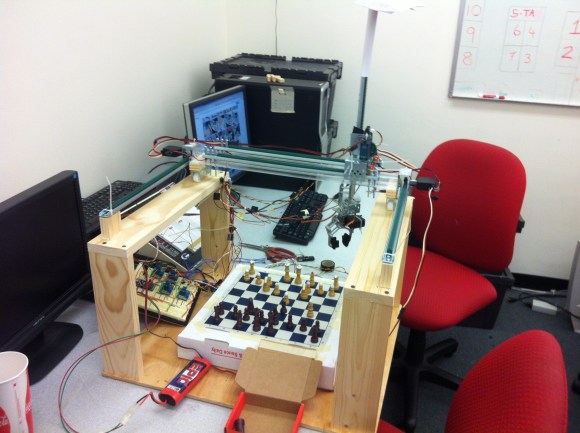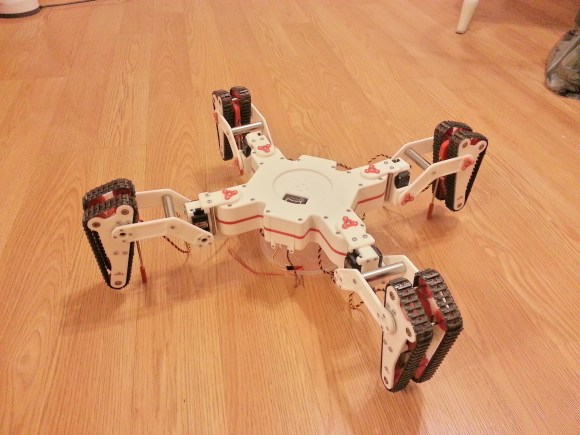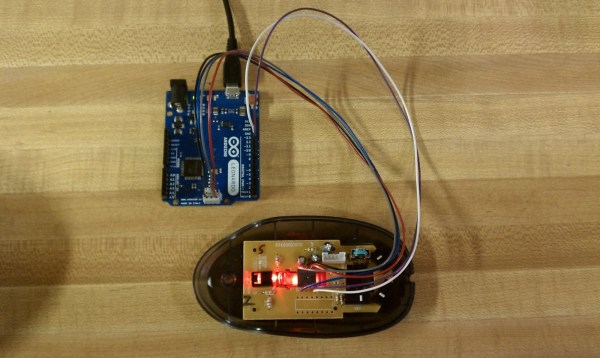The VertiBOT is a self balancing robot project taken on for the purpose of exploring how the sensors work in conjunction with some PID algorithms.
[Miguel] didn’t roll any extras into the build. But you have to admit that makes it look interesting. There’s almost nothing to it and yet, as you can see in the clip after the break, he accomplished everything he set out to.
The body and wheels are 3D printed, with black bands for tires to help give it some traction. Note the connection in the center of the body which allowed him to make a longer part by printing in two stages. On the electronic side of things he’s using an Arduino Nano. A level converter lets it communicate with the 6 DOF IMU board which is used to detect movement. Three potentiometers provide a way for him to tweak the PID loop without having to bother with reflashing any code. And of course there’s an option to control it remotely thanks to a Bluetooth module also in the mix.

















